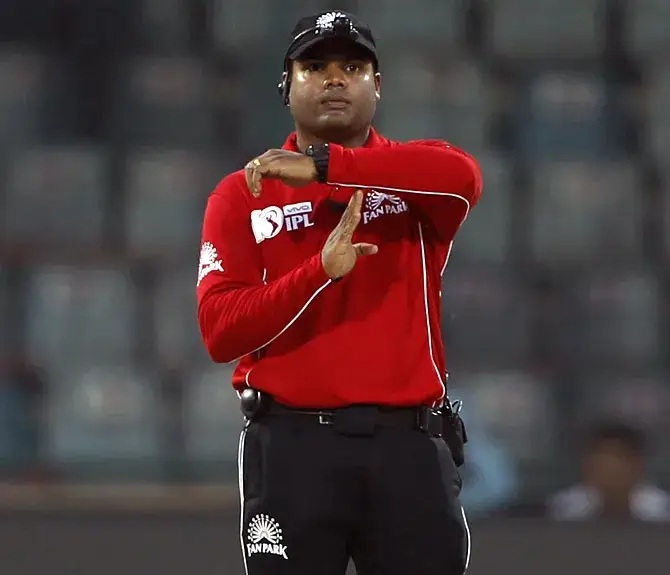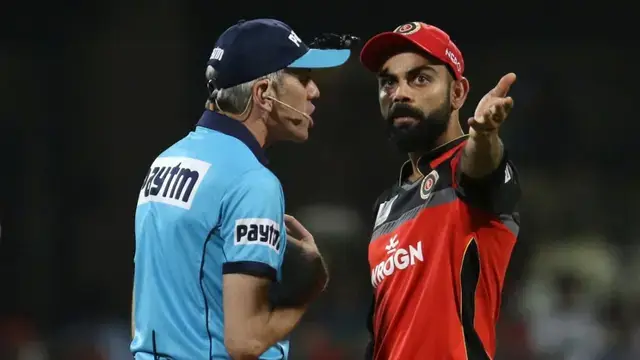The Indian Premier League (IPL) 2025 starts on March 22 with new rules to reshape the game. As Kolkata Knight Riders (KKR), led by their IPL 2024 hero Varun Chakravarthy, face Royal Challengers Bengaluru (RCB), excitement builds. Chakravarthy’s 21 wickets at 19.14 in IPL 2024 powered KKR’s title win, while his 9 wickets at 15.11 in the Champions Trophy 2025, including a 5/42 against New Zealand, showcased his brilliance.
The Board of Control for Cricket in India (BCCI) has introduced bold changes days before the opener. These tweaks aim to balance competition and adapt to modern cricket’s demands. From lifting the saliva ban to expanding technology’s role, IPL 2025 promises a thrilling shift. This article breaks down the key updates, their impact, and what fans can expect as 10 teams vie for glory.
IPL 2025’s New Rules
The IPL 2025 season introduces tweaks that could redefine strategies for all 10 teams. The saliva ban’s end, approved by most captains in Mumbai, boosts bowlers like Shami. It aids reverse swing, as Gujarat Titans’ Mohammed Siraj noted, offering a counter to batting dominance. In IPL 2024, teams averaged 8.6 runs per over, with totals often exceeding 200. This change might lower that slightly.
The conditional second ball in night games tackles dew, a factor in 70% of evening matches last season. It ensures fairer contests when bowling second. Expanding DRS to wides, judged by Hawk-Eye, removes the guesswork. Last year, 12% of wides were contested informally—now they’re reviewable. The dew factor will help bowlers like Varun, who have performed well since the 2024 Zimbabwe series, where India lost the 1st Match in Harare but won the series 4-1.
The moving broad guideline adds precision while scrapping captain bans protects leaders like Hardik Pandya. Retaining the Impact Player rule, used in 85% of IPL 2024 games, keeps tactical depth. These updates promise tighter, tech-savvy matches with new rules.
Bowling Gets a Boost with Saliva and Second Ball
Bowlers have struggled in recent IPL seasons, with batting-friendly pitches and dew tilting the scales. The saliva ban’s reversal and second ball rule aim to level the field. Siraj predicts more reverse swing, vital in T20s, where scores soared past 250 eight times in 2024.
The second ball, used after the 11th over in dewy conditions, could cut chasing teams’ edge—last season, they won 60% of night games. Captains like those from KKR and GT pushed for these changes. They echo Mohammed Shami’s Champions Trophy plea for bowler-friendly new rules. Expect tighter death overs and fewer run-fests.
Reverse Swing Reshapes Batting Plans
The saliva ban’s lift might spark a reverse swing revival in IPL 2025. Bowlers like Chakravarthy could exploit this late in innings. In IPL 2024, only 10% of wickets fell to swing after the 15th over—saliva could double that. Batters, used to smashing 8.6 runs per over last season, may face stricter death overs.
Teams might rethink power-hitters, favoring players who handle movement. KKR, with Chakravarthy’s 21 wickets last year, could lead this shift. Captains might save paceovers for the end, altering the balance in 70% of 2024’s high-scoring games. This could cap totals below 200 more often.
Technology Takes Center Stage with DRS and Hawk-Eye
The IPL has long embraced tech, and 2025 pushes it further with DRS for wides and a dynamic broad line. Hawk-Eye’s height measurement, tested in IPL 2024 for no-balls, now flags over-the-head wides. It matches balls to pre-recorded batter heights, cutting errors—last year, 5% of high calls sparked debate.
The shifting off-side broad guideline tracks batter movement, ensuring fairness with new rules. In 2023, 15% of off-side wides were borderline; now, automation decides. The Smart Replay System speeds up calls, enhancing fan trust in umpiring.
DRS Reviews Spike Early in Season
Expanding DRS to wides might see teams burn reviews early in IPL 2025. Last season, each side averaged 1.5 reviews per game, mainly for LBWs. With height and off-side wides now in play, that could jump to 2.5. Like RCBs, captains might challenge 20% more calls in the first three matches, testing Hawk-Eye’s limits.
This could slow early games, as seen in IPL 2023’s WPL trials and the 2024 India tour of Zimbabwe. Umpires might face less pressure, but close calls—like 12% of 2024’s disputed wides—could spark debates. Teams mastering review timing could gain an edge by May.
Conclusion
IPL 2025’s rule changes set the stage for a dynamic season starting March 22. Varun Chakravarthy, with 21 wickets at 8.04 economy in IPL 2024, will relish the saliva ban’s end. His Champions Trophy 2025 haul of 9 wickets, including a match-turning 5/42 against New Zealand in the group match, hints at his potential impact. The second ball rule and DRS upgrades promise fairness and precision, addressing last season’s 60% chase success rate in night games.
KKR’s title defense against RCB will test these shifts early. The BCCI’s moves—backed by captains and stars like Shami—could influence global T20 norms. With 83 IPL wickets at 7.56 economy, Chakravarthy embodies the bowler’s resurgence. Fans can expect a season of skill, strategy, and surprises.







